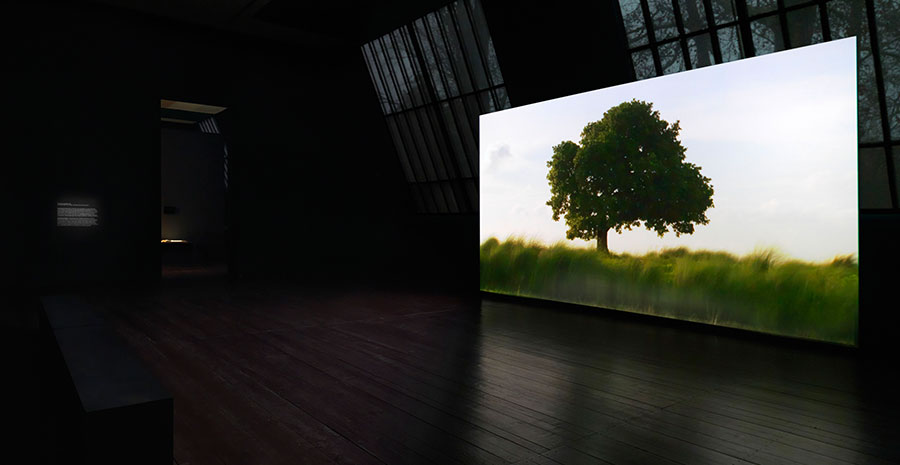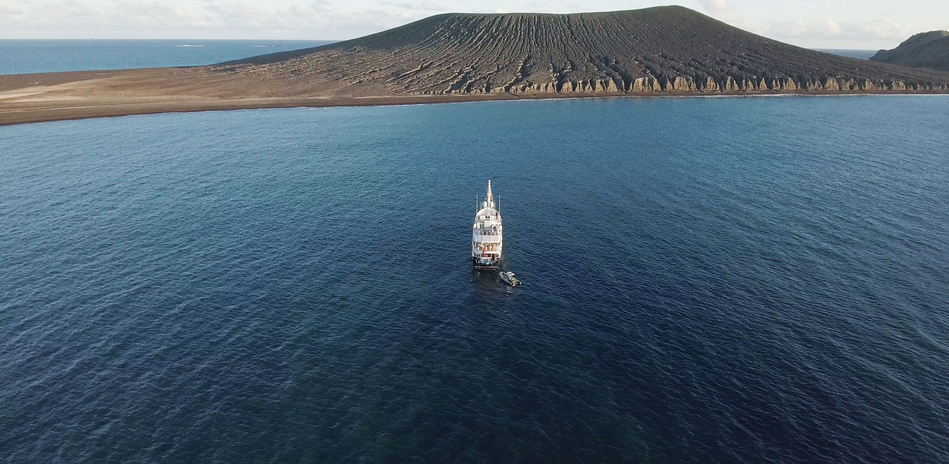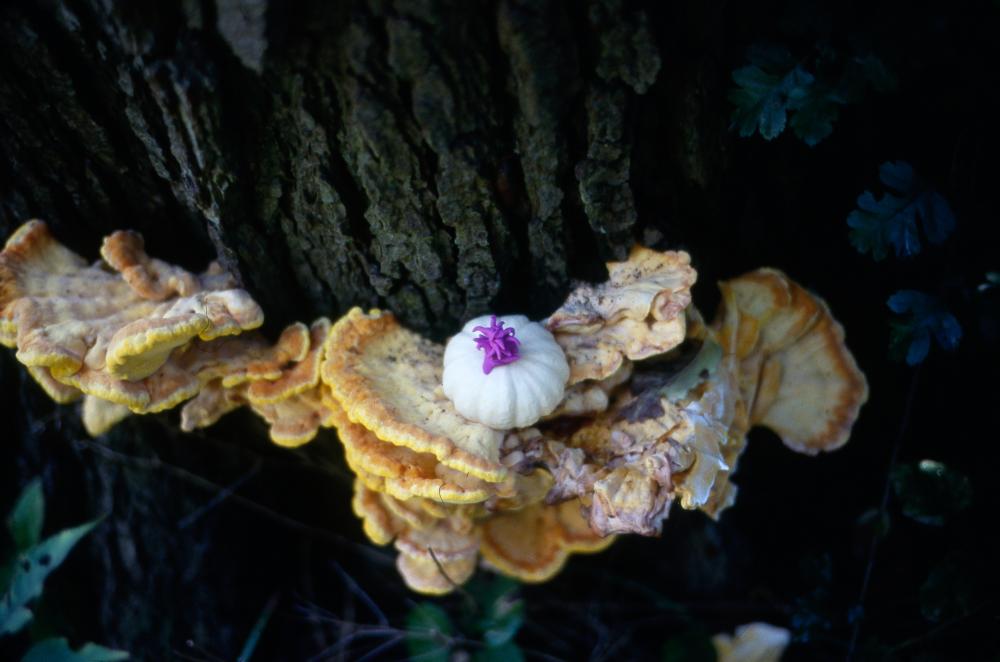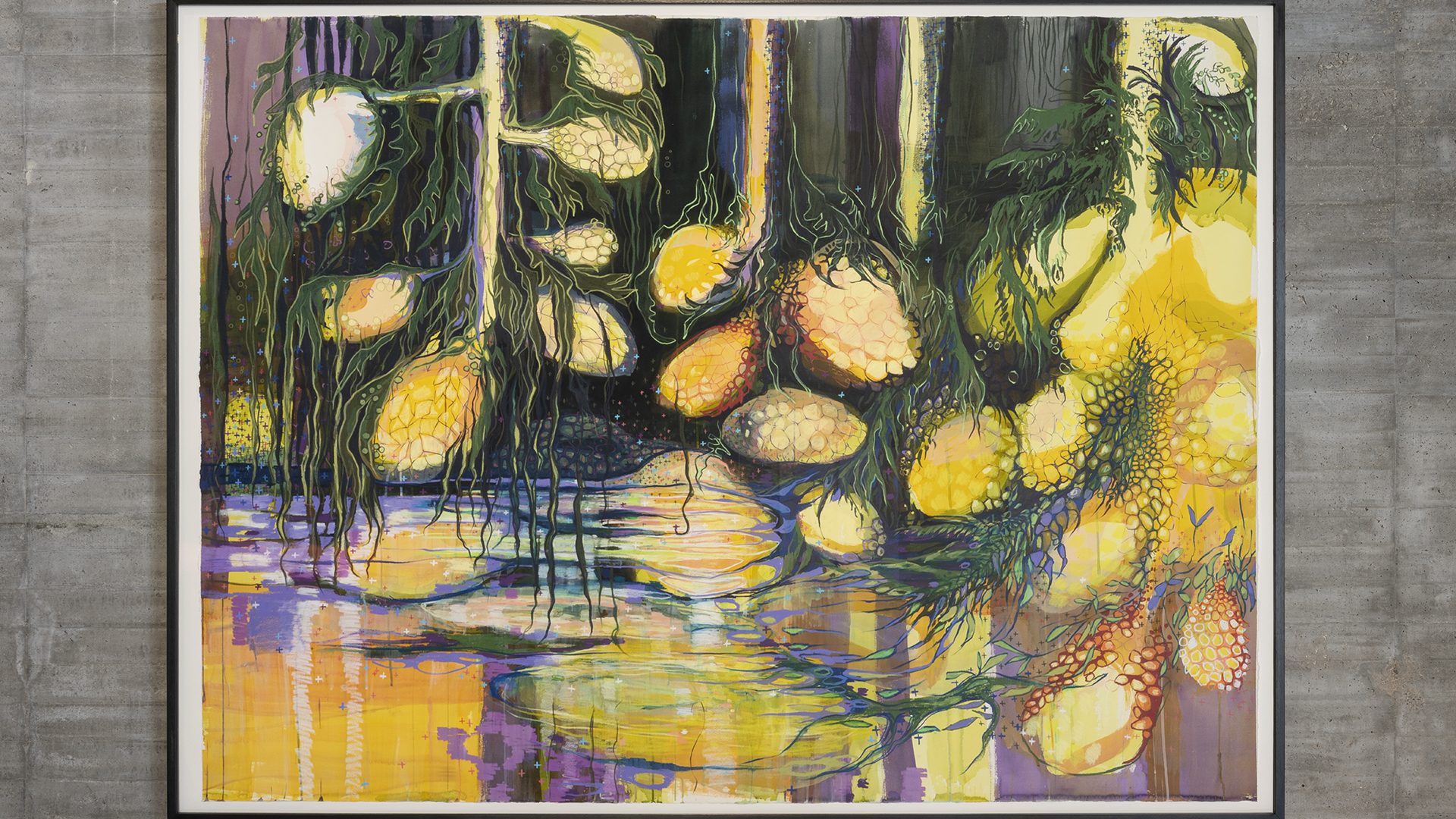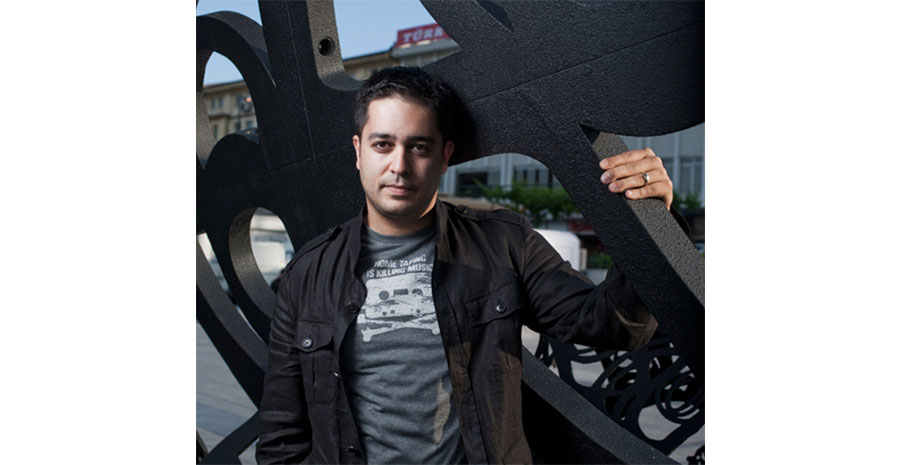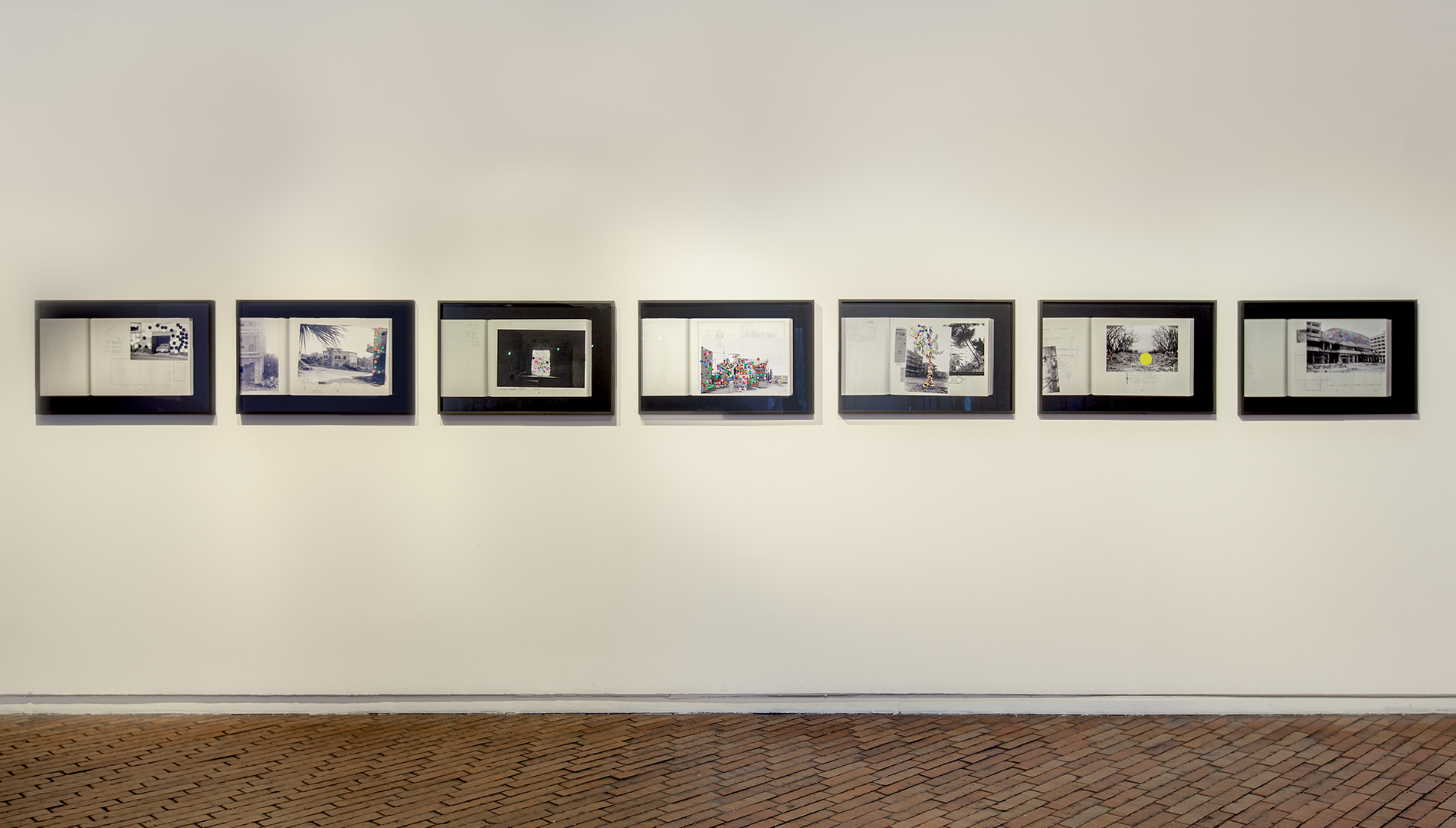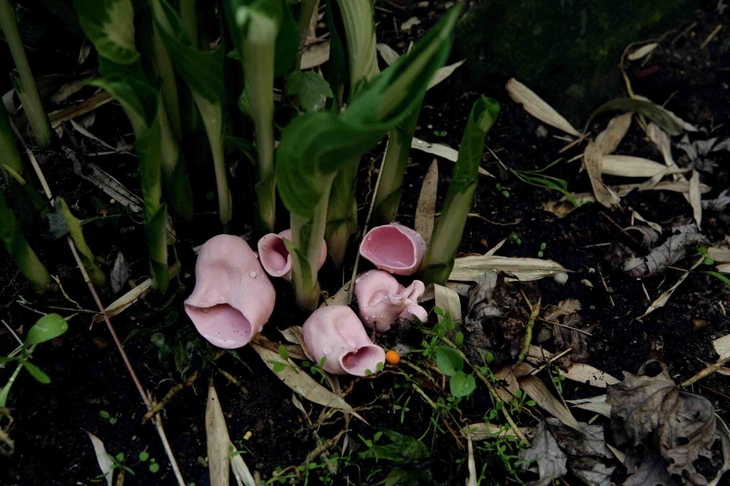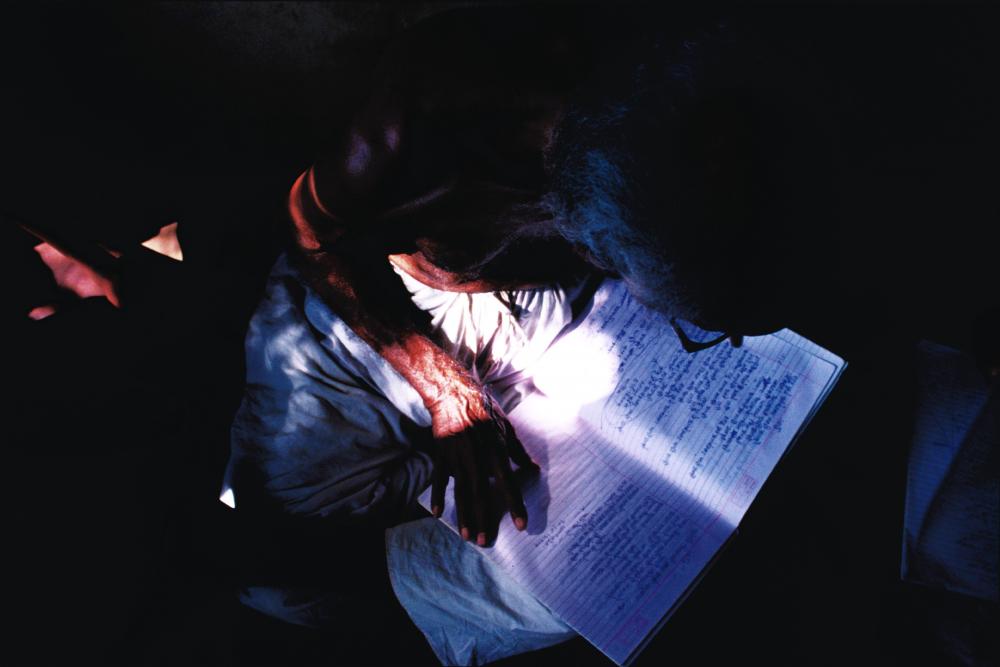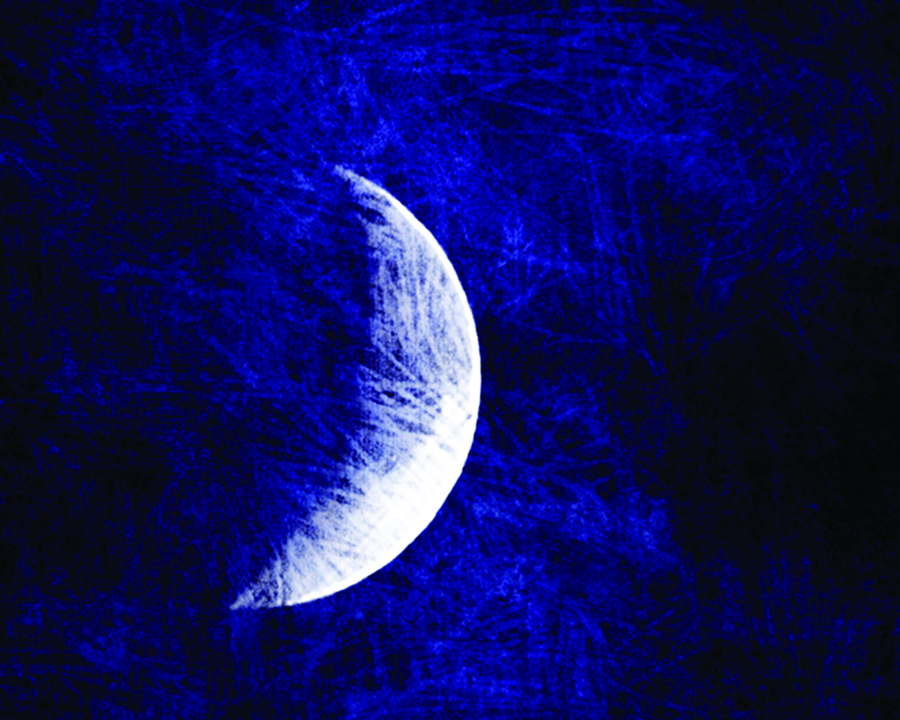TBA21 Thyssen-Bornemisza Art Contemporary
About


Exhibitions


TBA21–Academy


Collection


Program


Publications


Archive


TBA21 Sites - physical and digital
MNTB Madrid


TBA21–Academy's Ocean Space


C3A Córdoba


AHF Jamaica


Ocean-Archive.org


TBA21 on st_age


Highlights



Becoming Ocean: una conversación social sobre el Océano
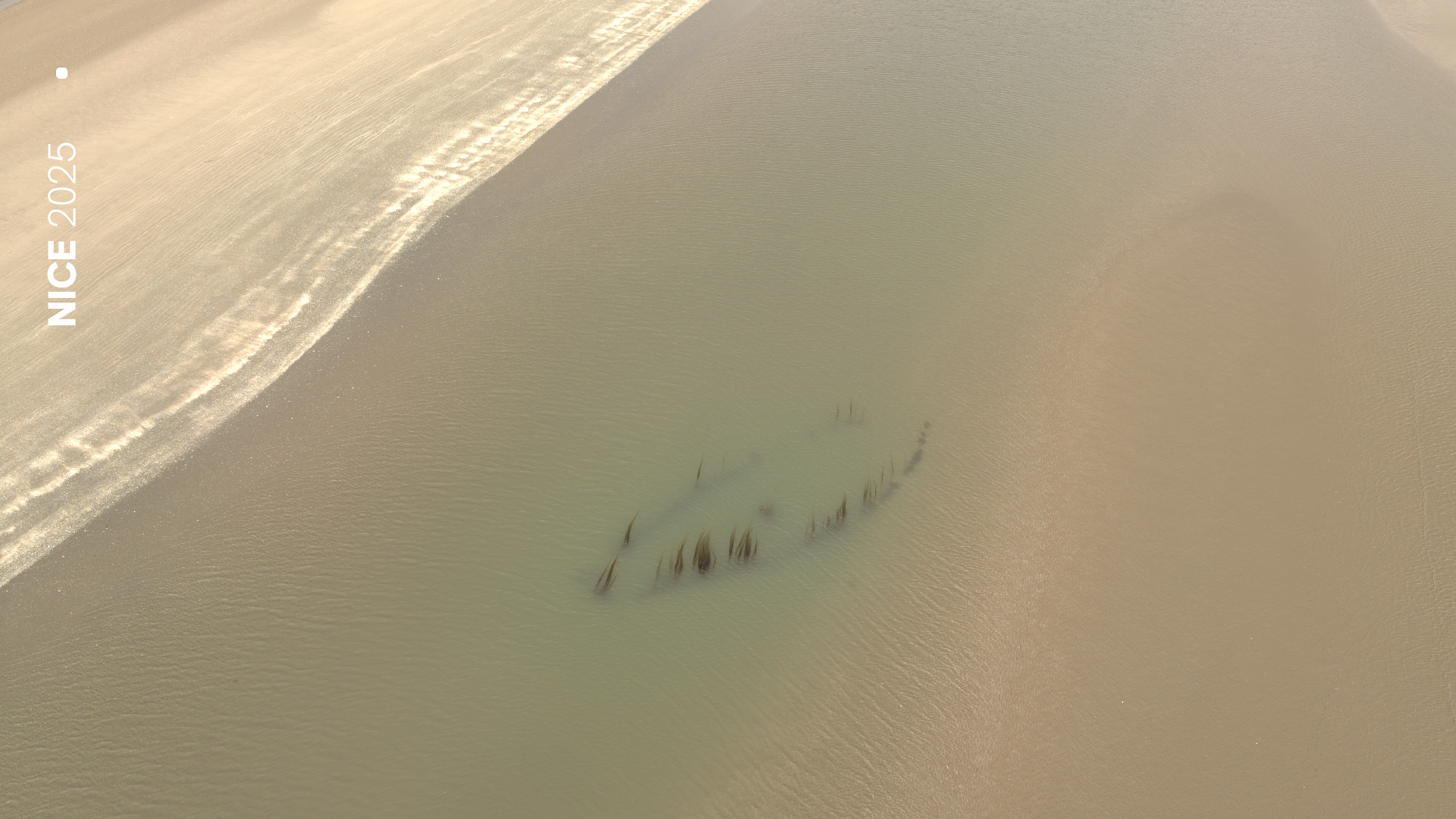
NICE2025: POROUS — Puertos como espacios de convivencia interespecie

Organismo | Arte en ecologías críticas aplicadas
Programa de estudios independientes, año uno
Programa de estudios independientes, año uno
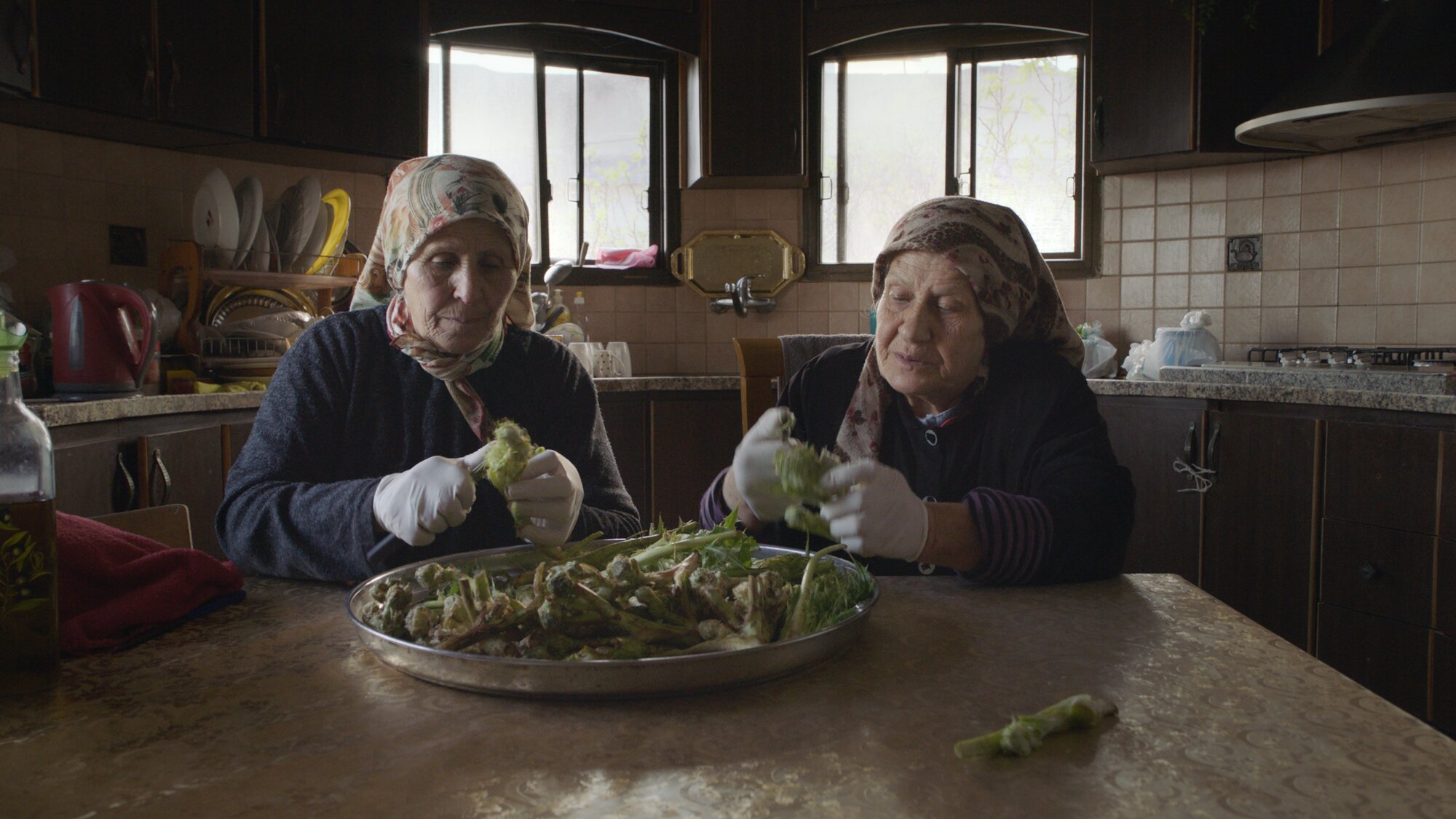
Organismo | Programa público - Primavera
Programa de estudios independientes, Año uno 2025
Programa de estudios independientes, Año uno 2025
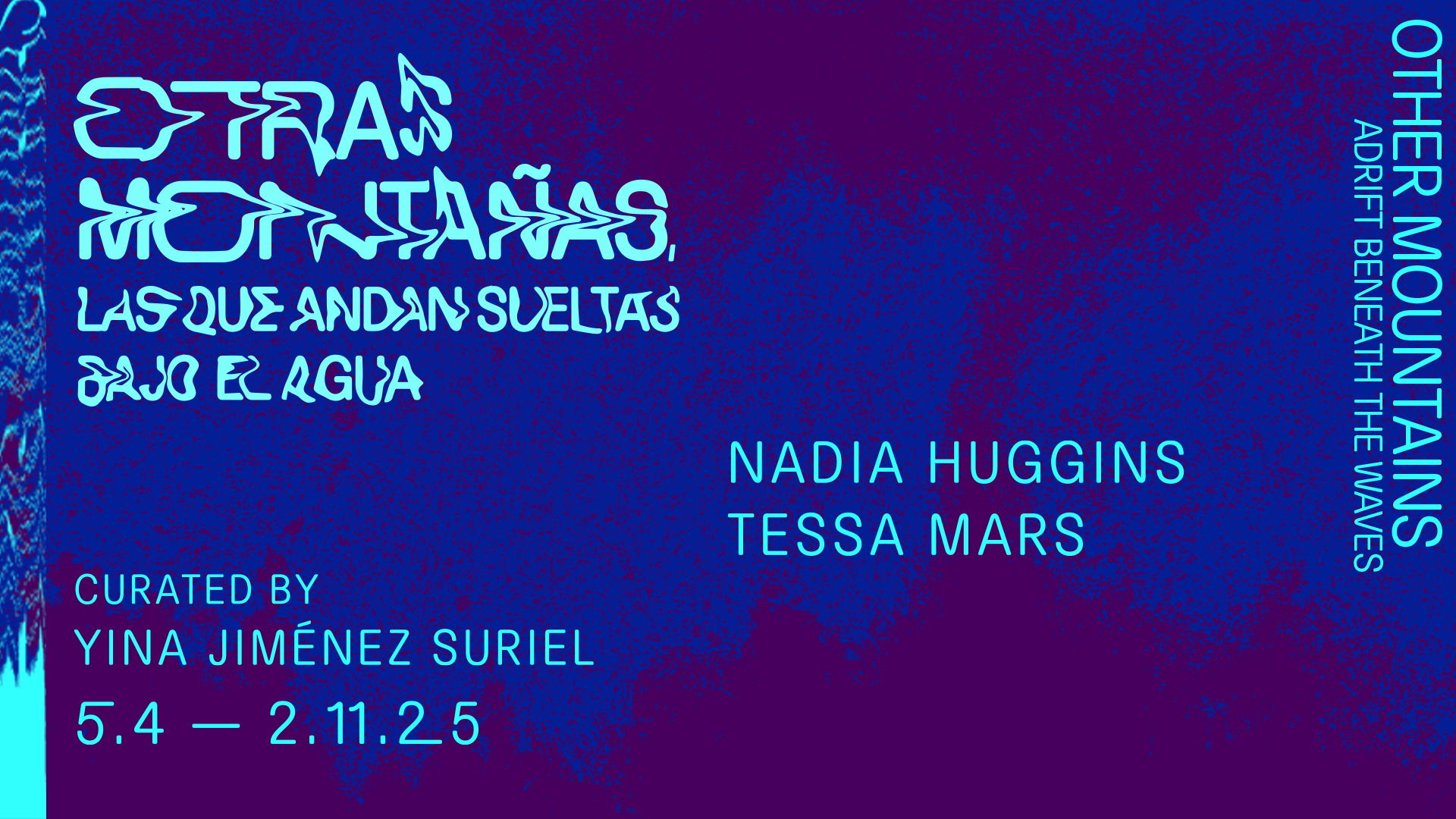
Otras montañas las que andan sueltas bajo el agua
exposición en Ocean Space
exposición en Ocean Space
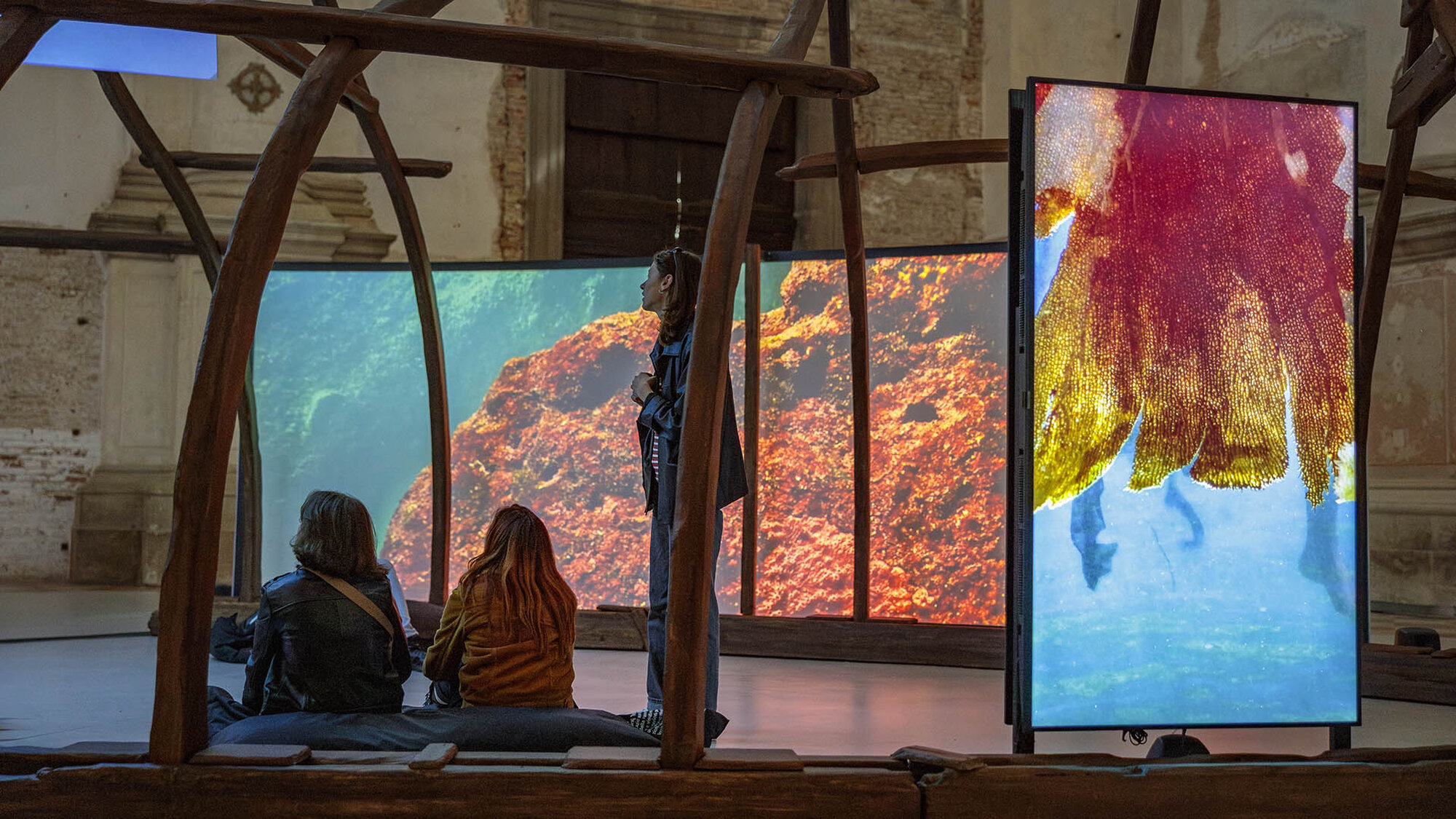
Programa público de TBA21–Academy durante la semana del vernissage de la Bienal de Arquitectura de Venecia
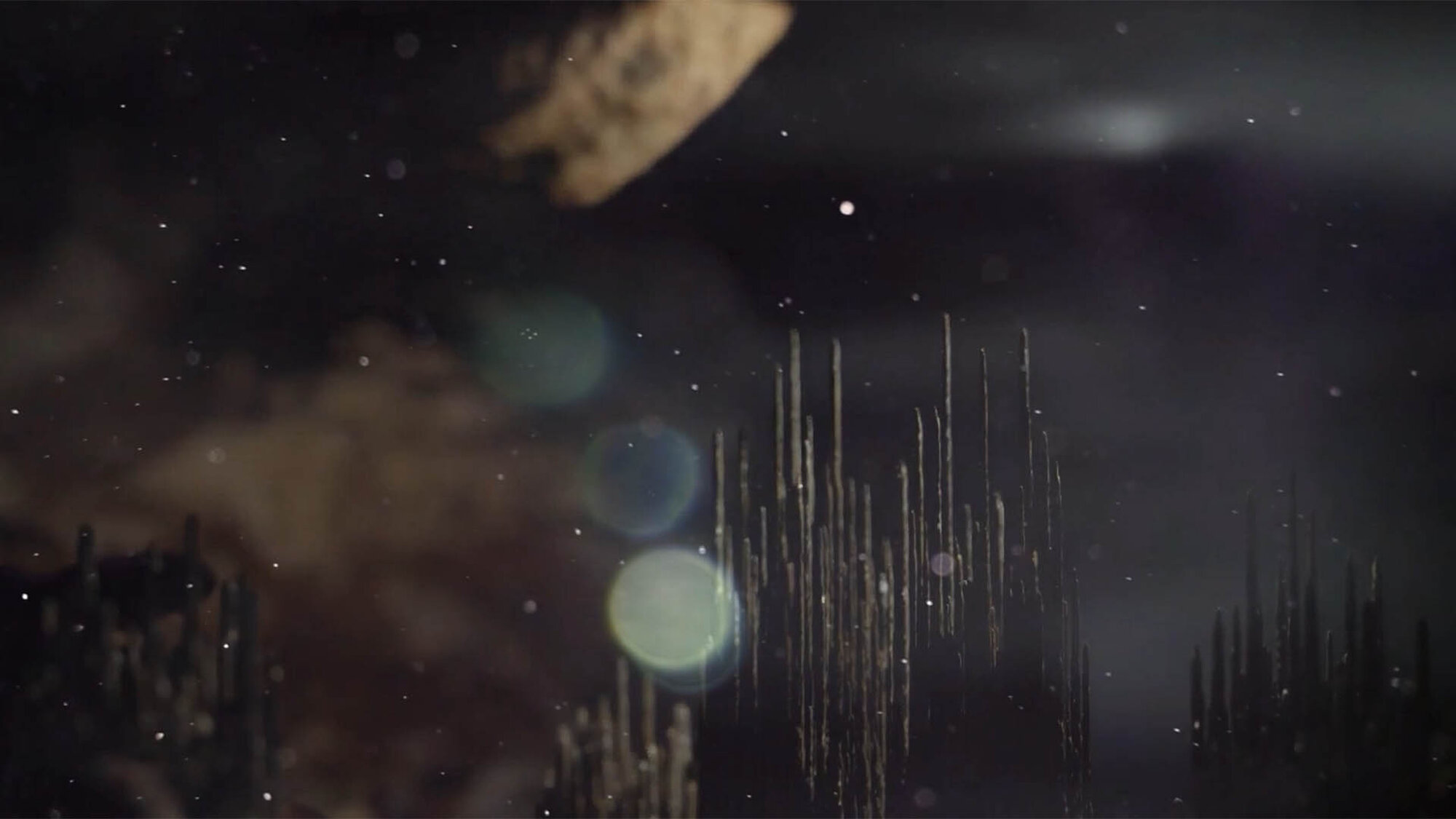
Sueños lúcidos | Programa público

Sueños lúcidos. Artistas españoles de la colección TBA21

Tarek Atoui. At-Tāriq | Programa público
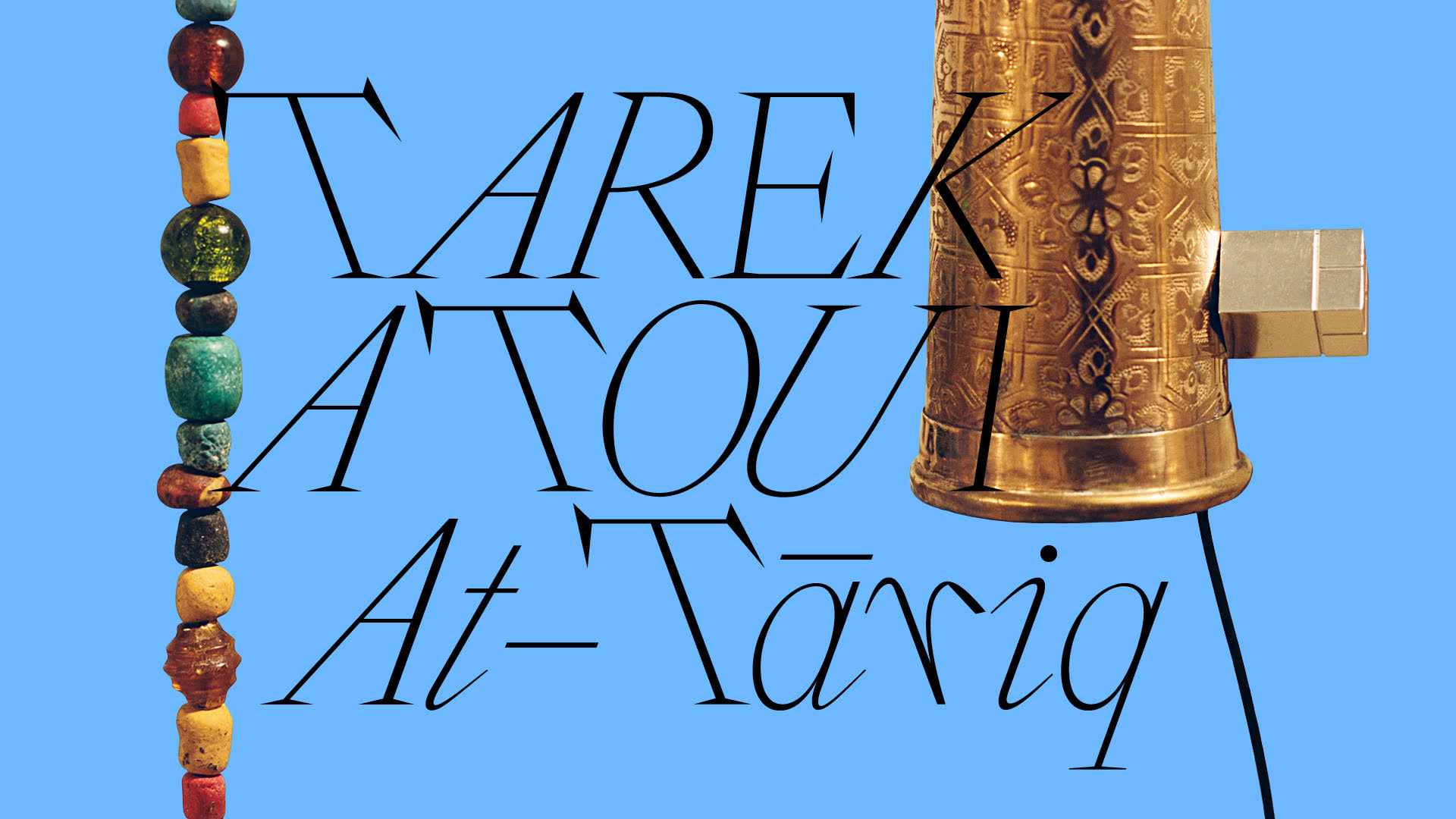
Tarek Atoui. At-Tāriq
Un viaje a las tradiciones musicales rurales del norte de África y del mundo árabe
Un viaje a las tradiciones musicales rurales del norte de África y del mundo árabe
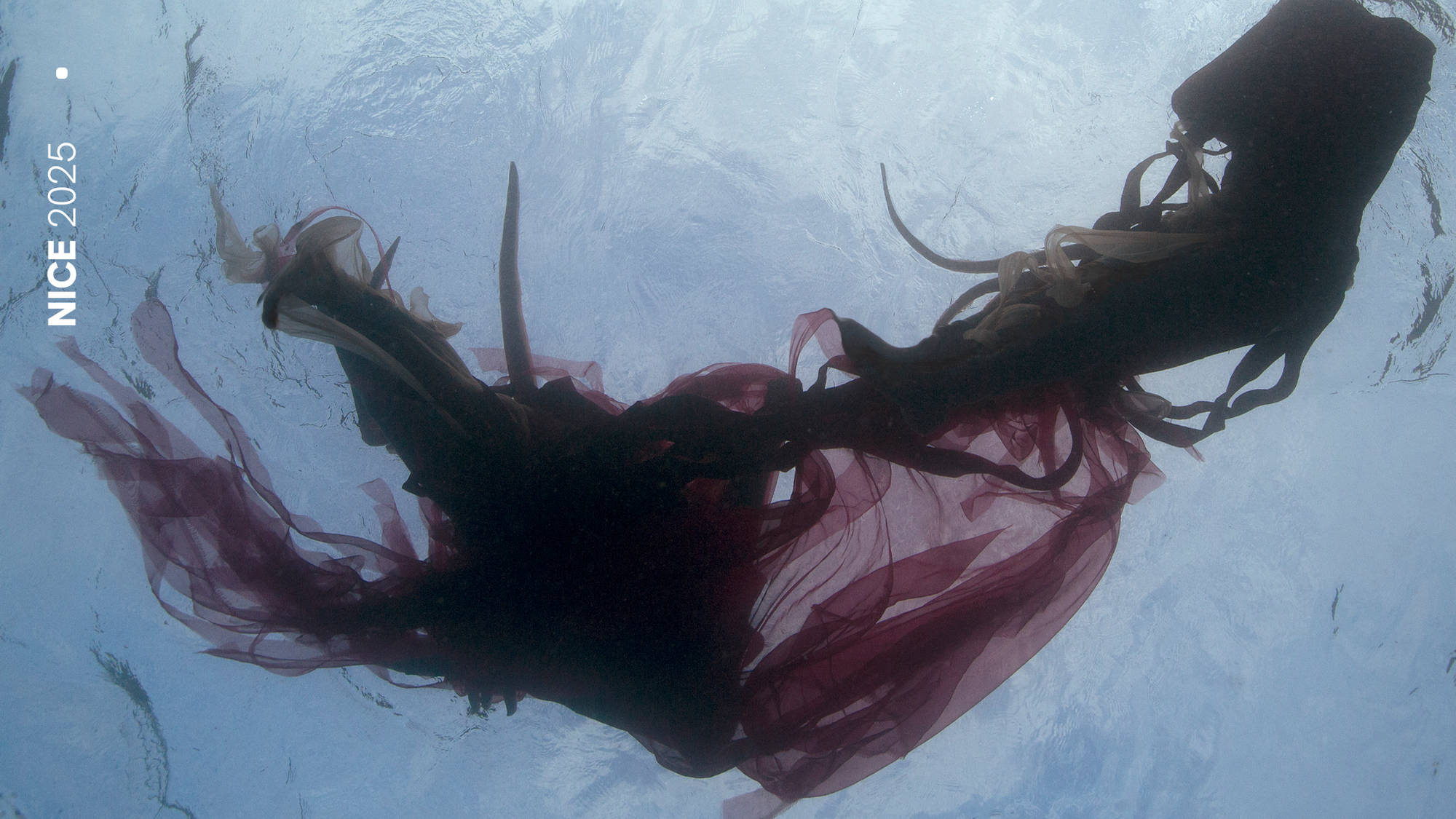
TBA21 en la 3ª Conferencia de las Naciones Unidas sobre los Océanos, Niza
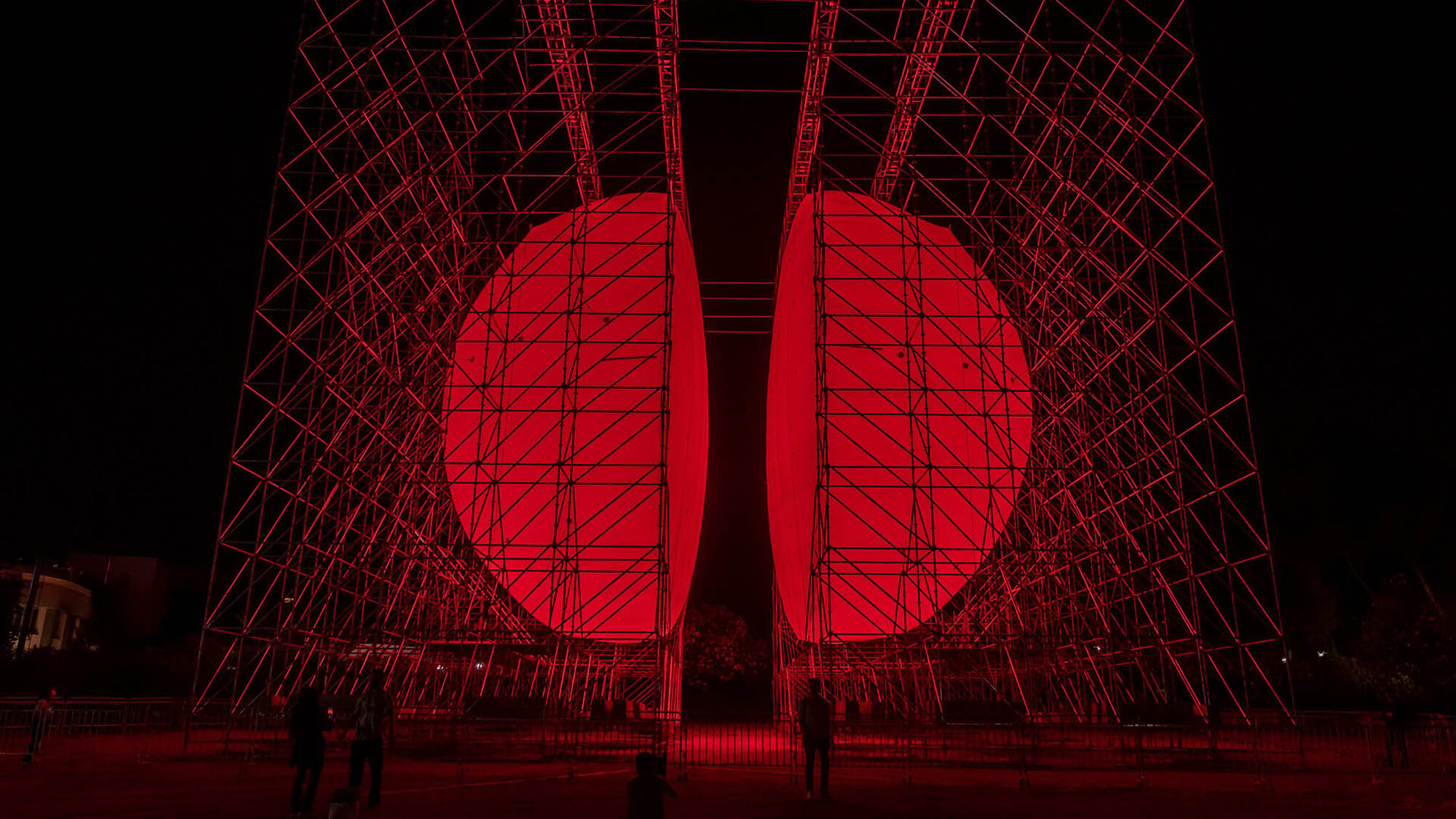
TBA21 y Ocean Space (Venecia) presentan Cumbre Archipelago 2025
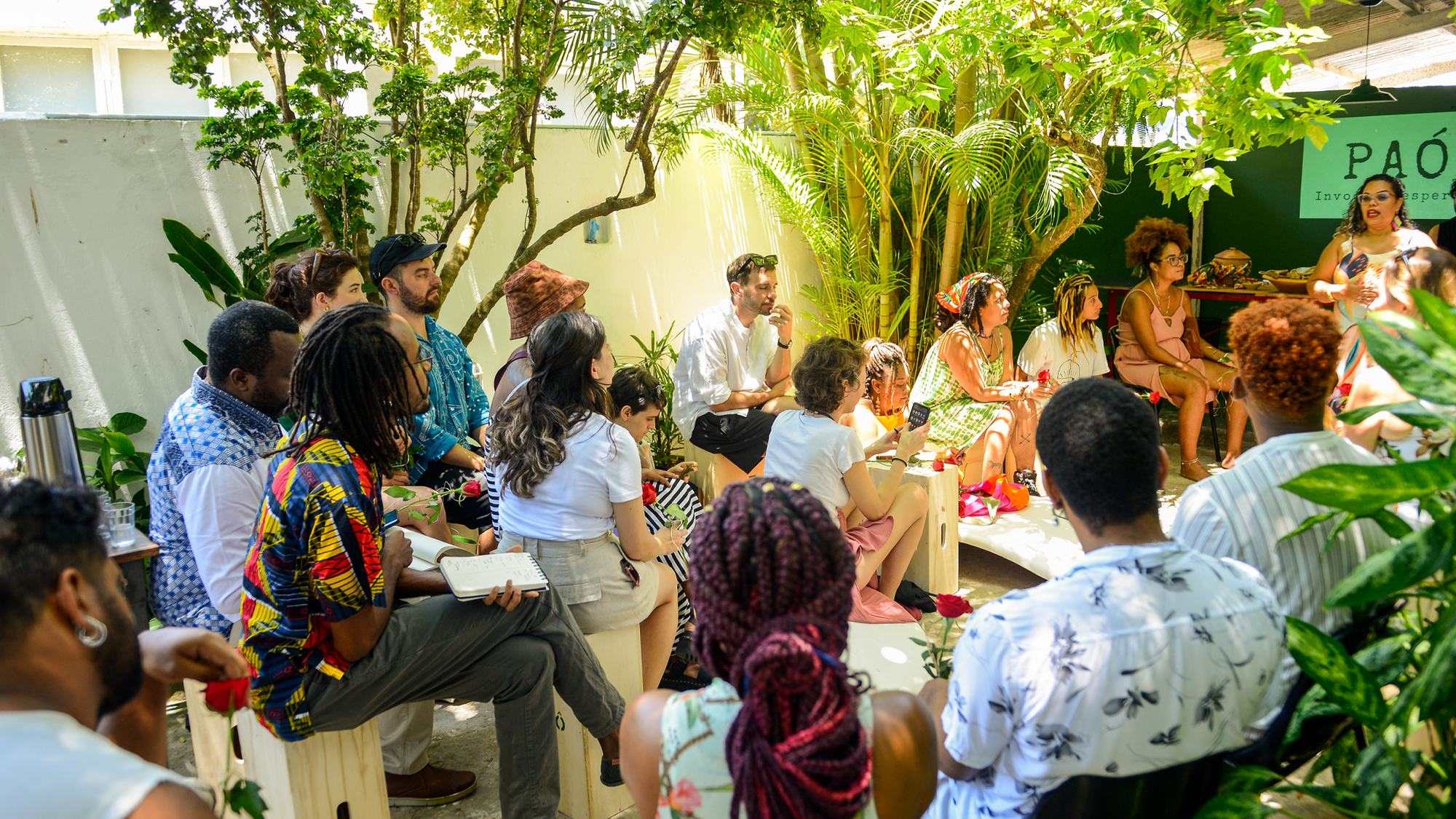
¡Convocatoria abierta! TBA21–Academy lanza una residencia artística en Sudamérica



